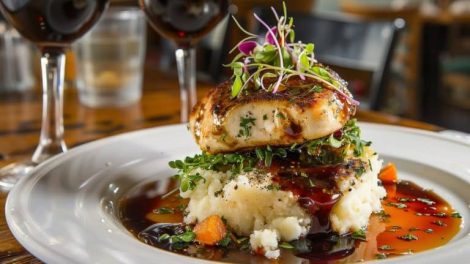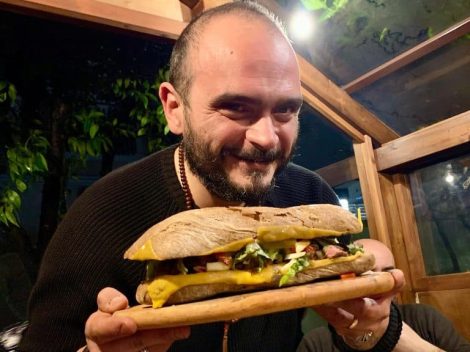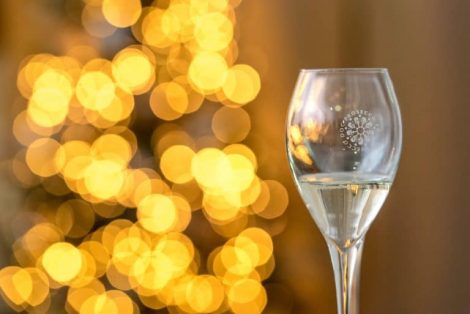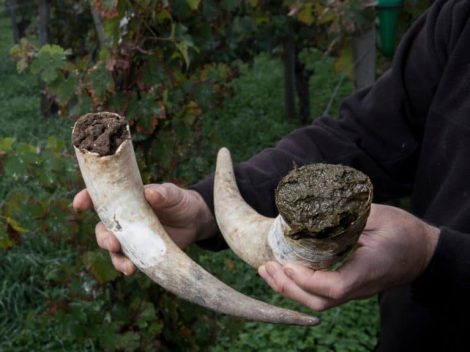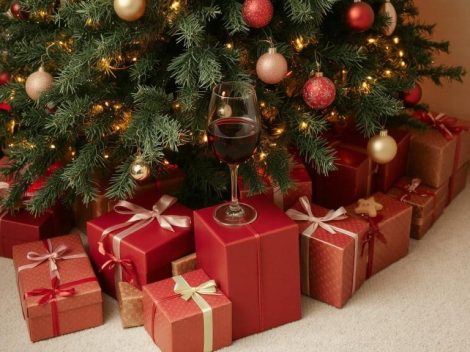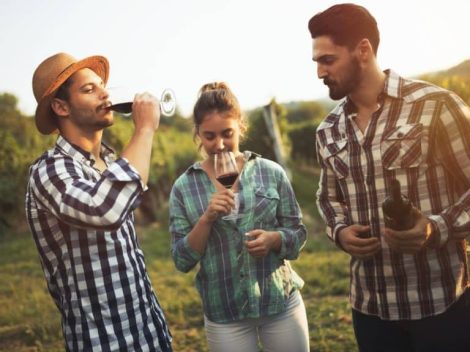Amarone must undergo a transformation. This is the "revolutionary" warning issued by Andrea Lonardi, vice president of the Consorzio della Valpolicella and newly appointed Master of Wine, during the just-concluded edition of Amarone Opera Prima.
The search for balance
There is a need for a clear change because the market no longer responds as it once did. The new Amarone must, above all, tell the story of the territory in which it originates. To achieve this, a stylistic change is necessary, which will involve modifications to the regulations.
Lonardi is convinced of this: "We need to think about an Amarone that rebalances its production factors: the method (resting period), the territory (soil, grape varieties, climate), the people (producers, businesses), and communication. The challenge is clearly complex, from volume to value, and requires changes: cultural, productive, legislative, and communicative."
In essence, it would be necessary to differentiate the production areas well, making them exclusive for the production of only Valpolicella (which is currently not possible) and Amarone. Dedicated vineyards, in short.
Reconsidering aging times and locations "A study conducted by Bertani," Lonardi explains, "shows that the best aromatic concentration is reached at a 20% weight loss, beyond which degradation processes occur (currently, the regulations allow for a 40% loss; editor's note). We will then have to rethink the places where we rest the grapes and what their conditions should be inside. These places could also have specific geographical locations. The same goes for grape vinification techniques, such as grape washing and optical selection devices. In addition, aging times, wood type, and container size will need to be reconsidered."
Lonardi's study also highlights that 65% of producers will return to the traditional pergola training system in the next decade. Regarding Amarone, there will be a significant drop in those using wall systems (-21%), which, on the other hand, remain preferable for the production of Valpolicella Classico.
The viewpoint of President Marchesini "We are evolving because everything is moving so fast that staying still is unthinkable," said President Christian Marchesini. "We are mainly trying to address climate change, and the first response involves a return to the pergola training system, which is suitable for protecting the grapes and shows interesting advantages from both a management and production perspective. We are studying new techniques related to withering, and we will discuss them with the university when interesting and significant data come out to support certain new procedures. The most challenging aspect is that the market demands low-alcohol wines, while climate change leads to high alcohol levels. Therefore, the producer's work is very complex to carry out."

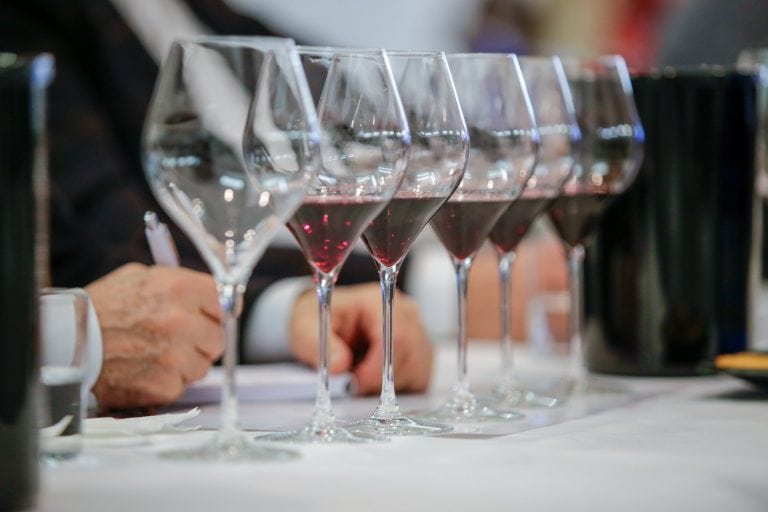
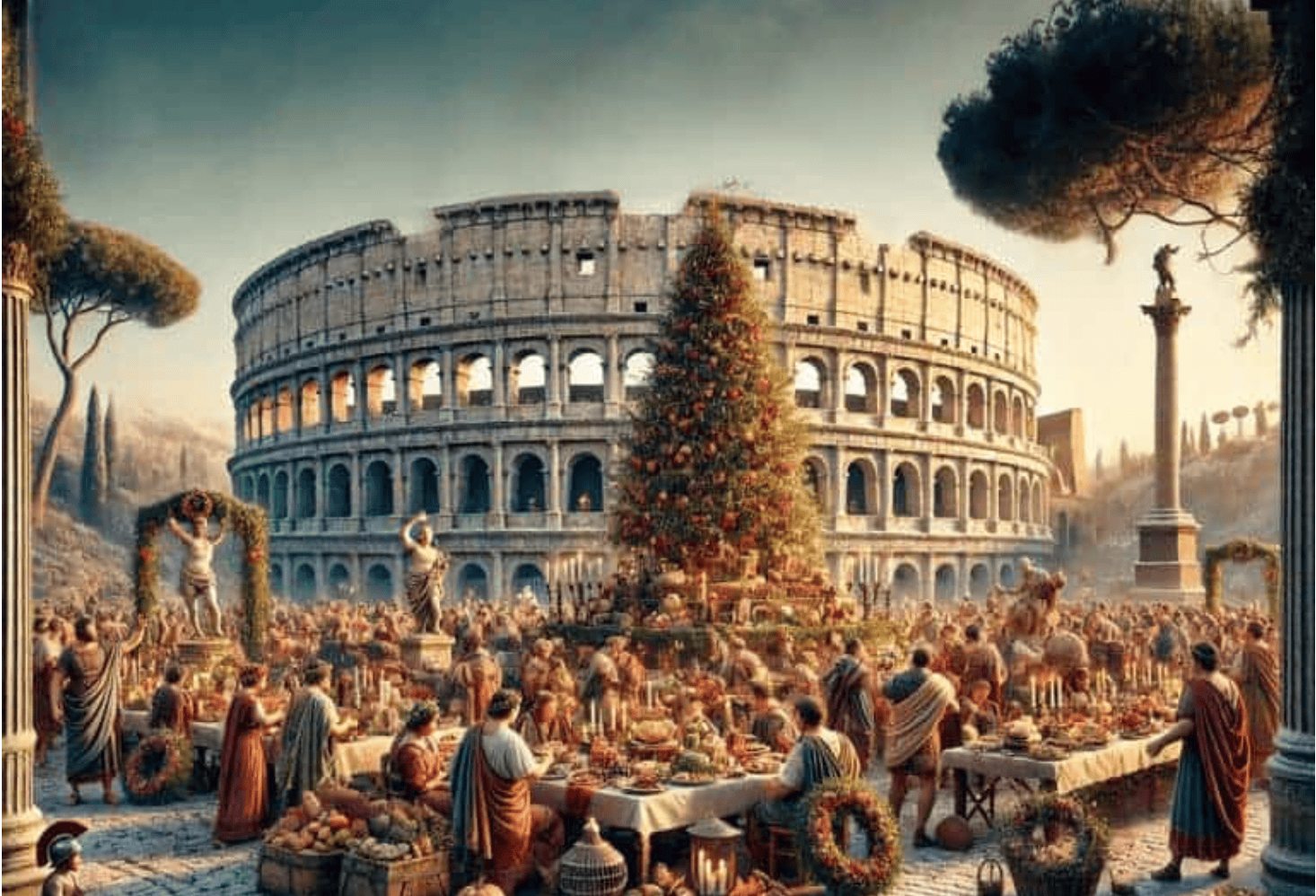 Christmas Eve dinner and Christmas Day lunch: festive traditions rooted in Solstice feasts
Christmas Eve dinner and Christmas Day lunch: festive traditions rooted in Solstice feasts George Washington had his secret recipe: here’s how Eggnog made a comeback in Europe
George Washington had his secret recipe: here’s how Eggnog made a comeback in Europe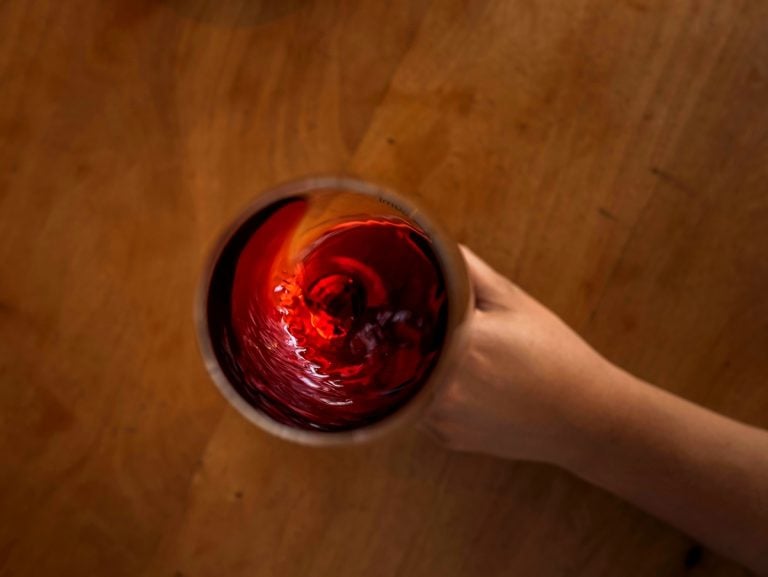 Historical breakthrough: Italy will also produce dealcoholised wines. Lollobrigida signs the decree
Historical breakthrough: Italy will also produce dealcoholised wines. Lollobrigida signs the decree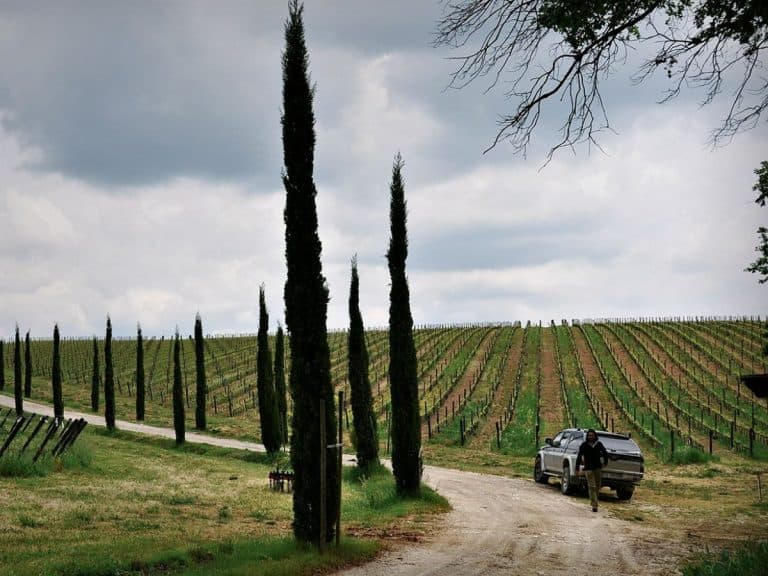 If you say Syrah, you say Cortona. The story of Stefano Amerighi and other Tuscan producers
If you say Syrah, you say Cortona. The story of Stefano Amerighi and other Tuscan producers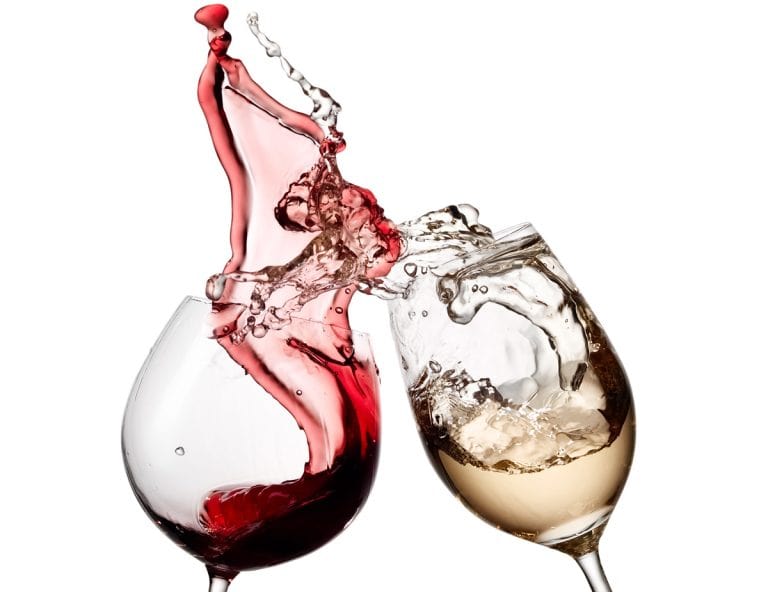 The Game (and the misunderstanding) of dealcoholised wines: even an expert critic can be fooled at first sip
The Game (and the misunderstanding) of dealcoholised wines: even an expert critic can be fooled at first sip
